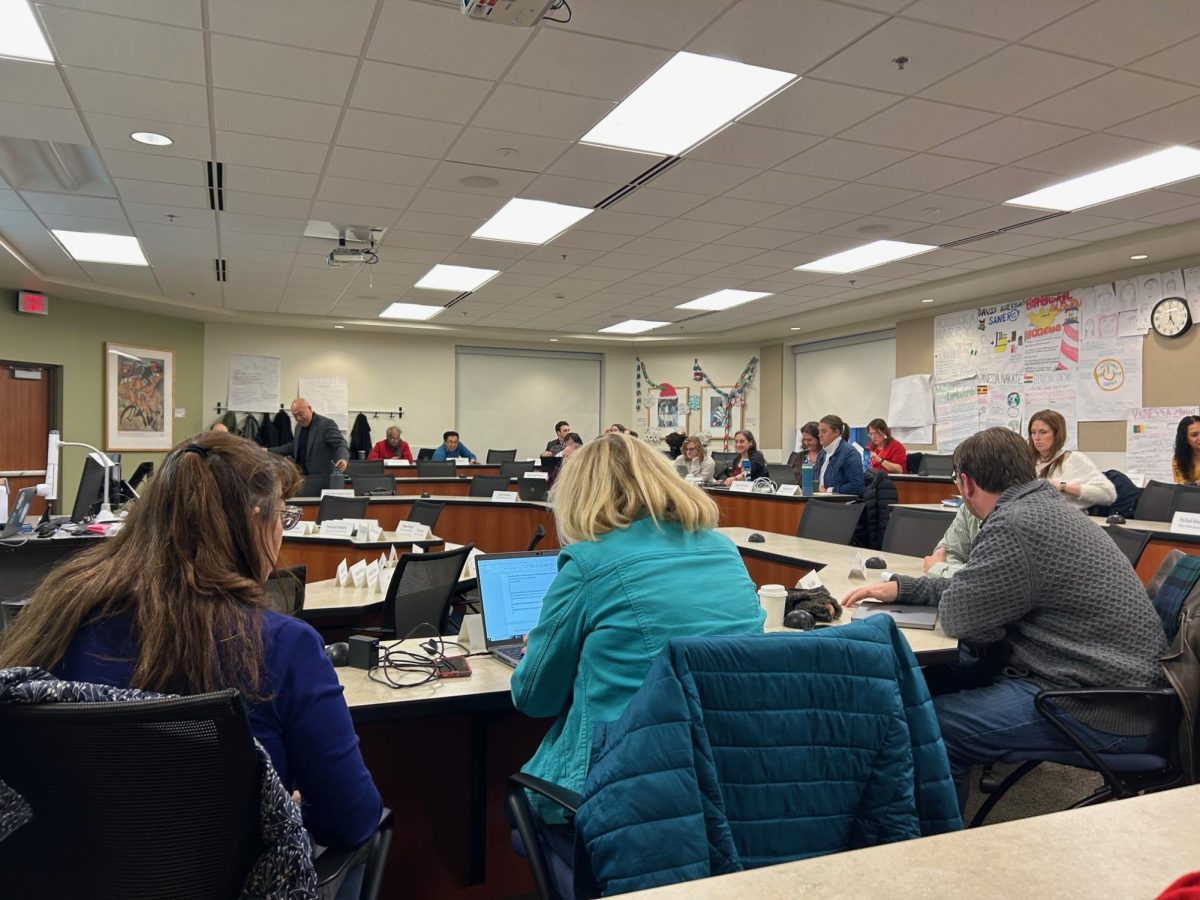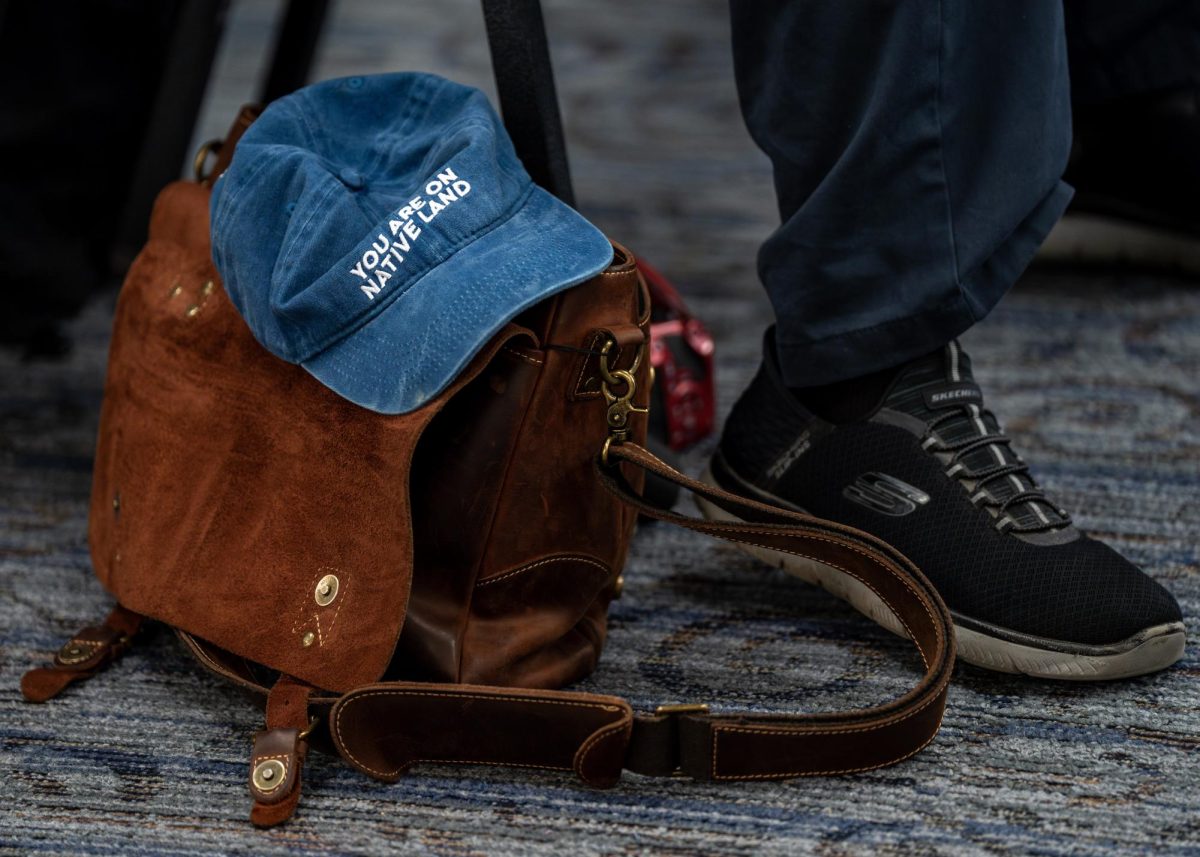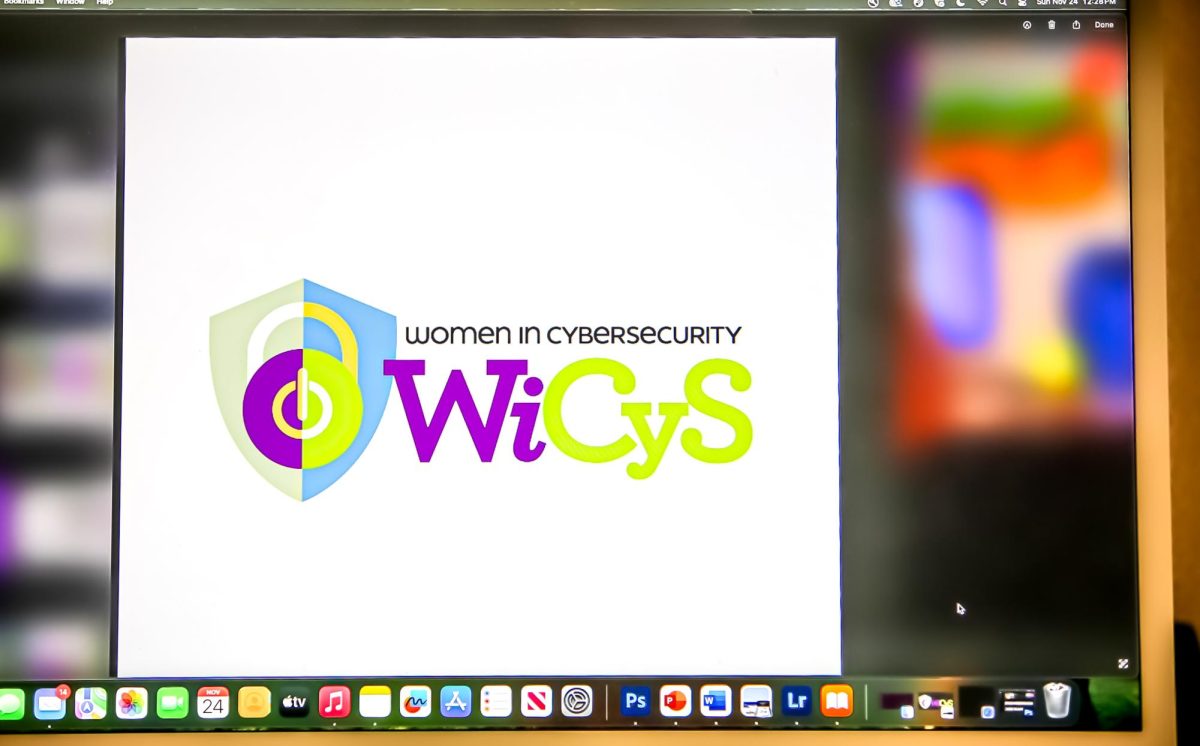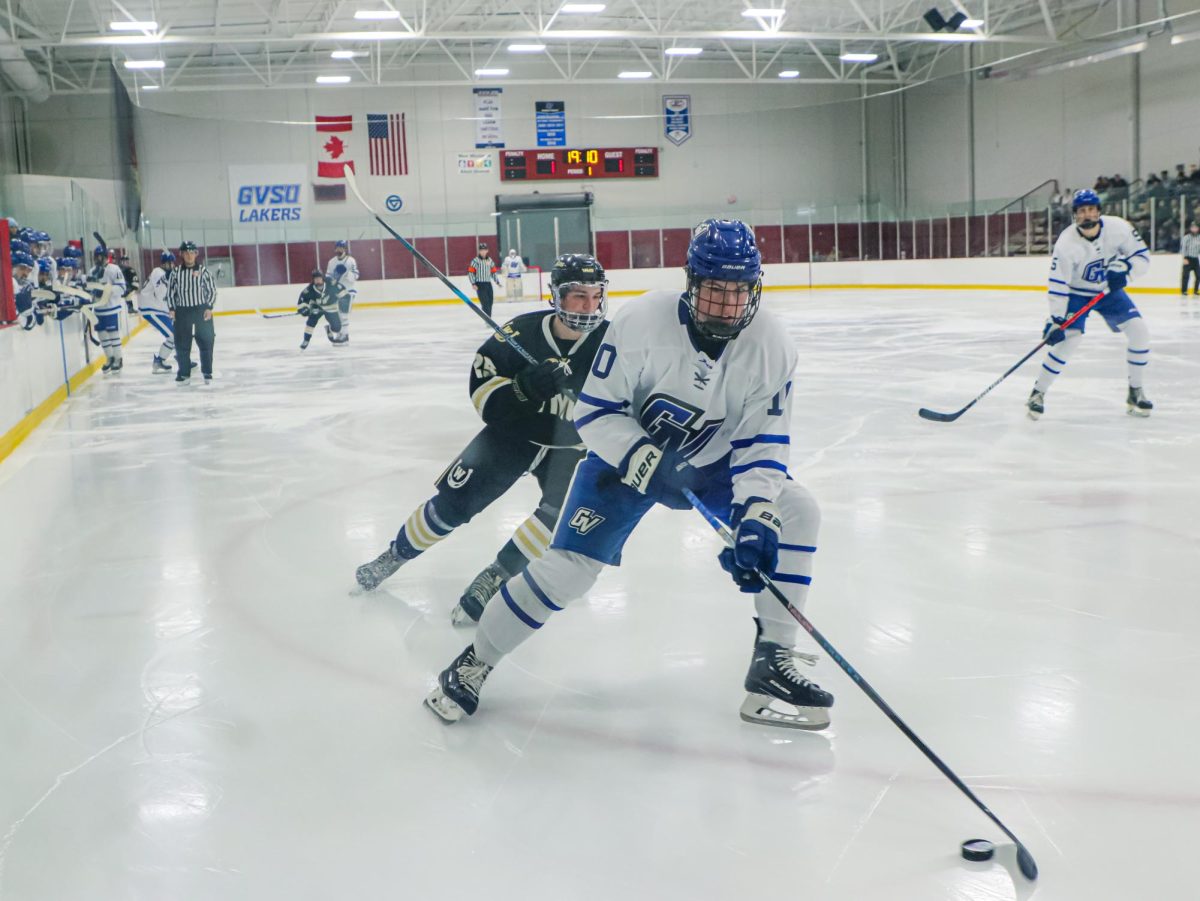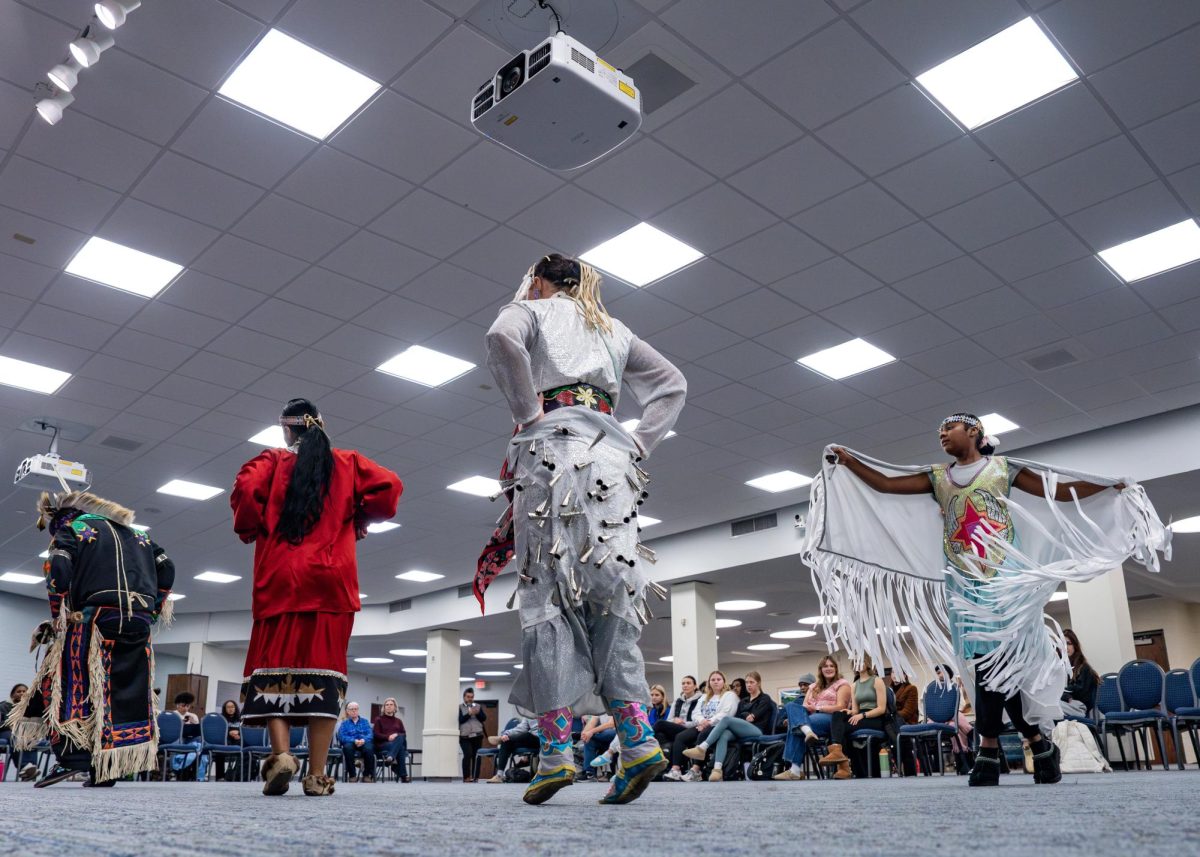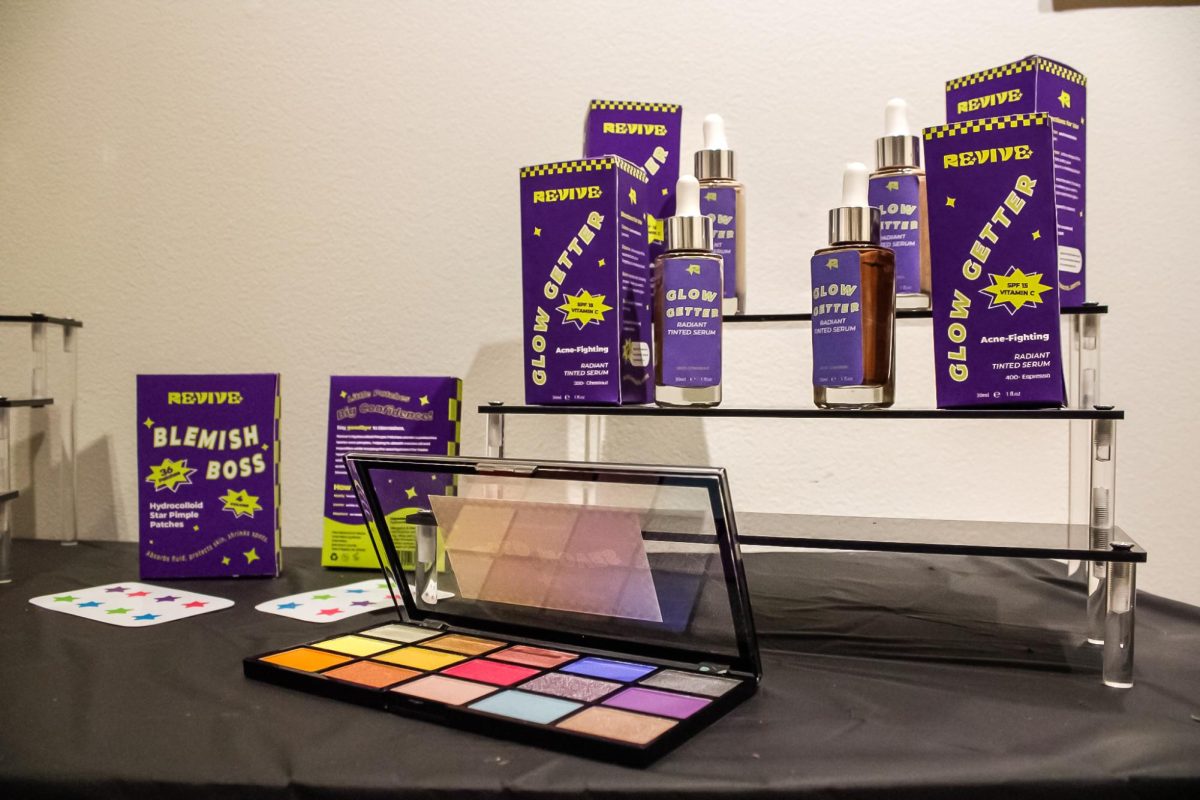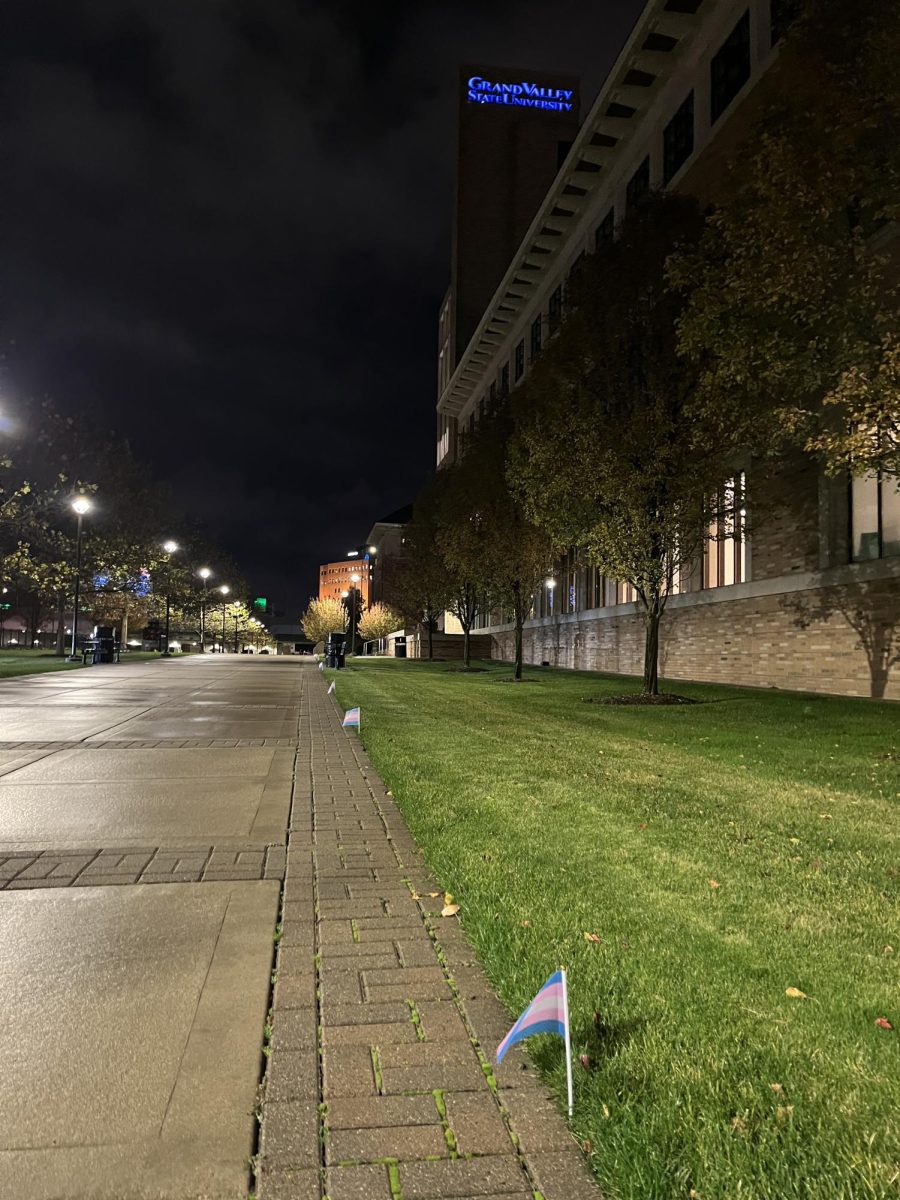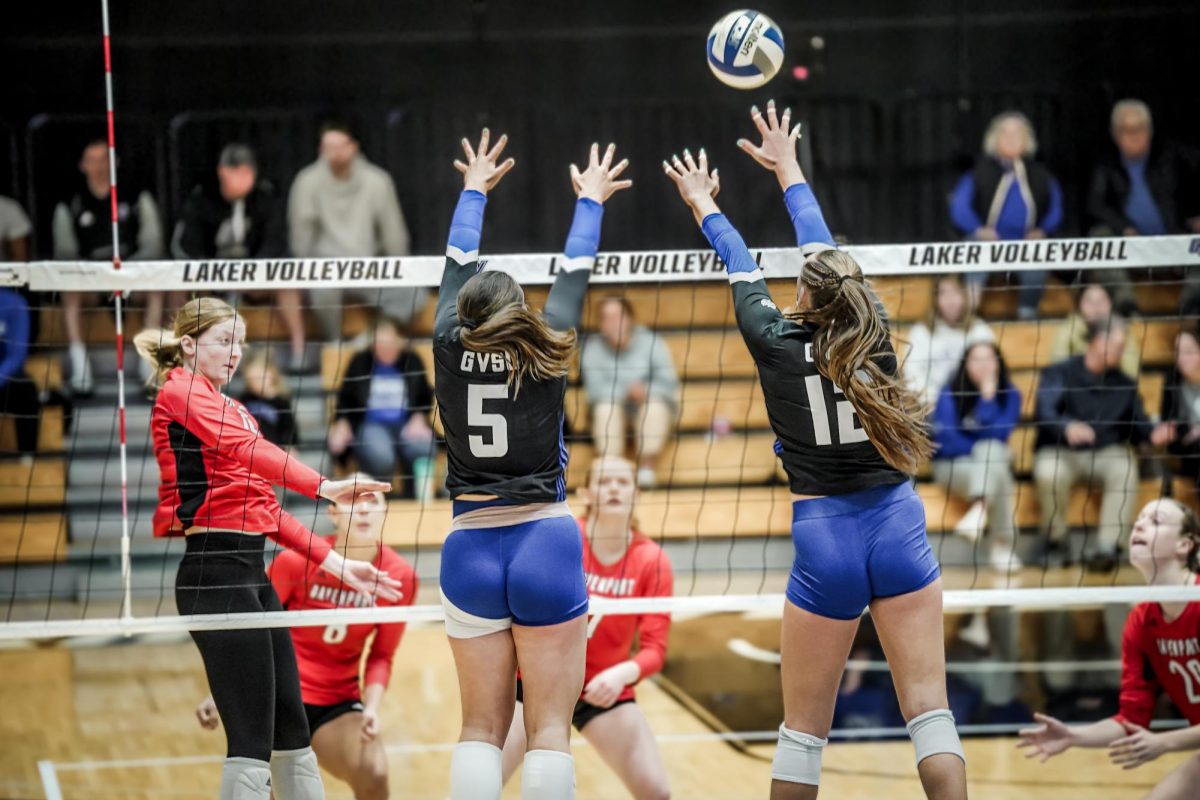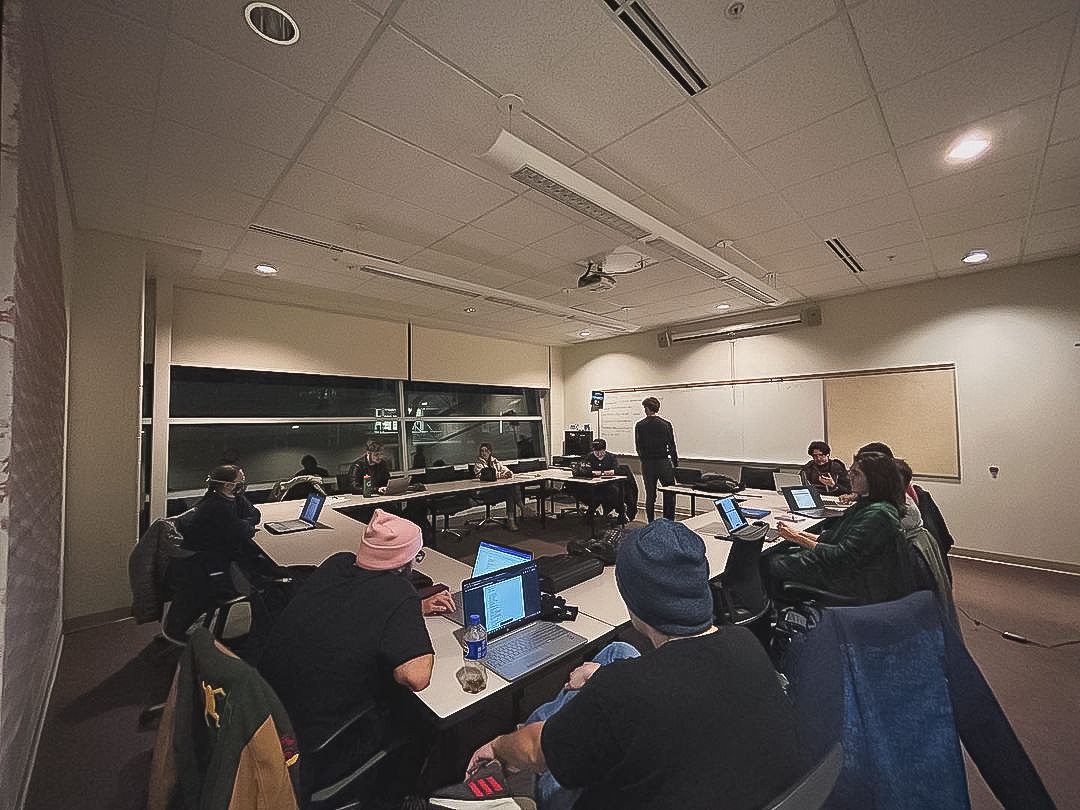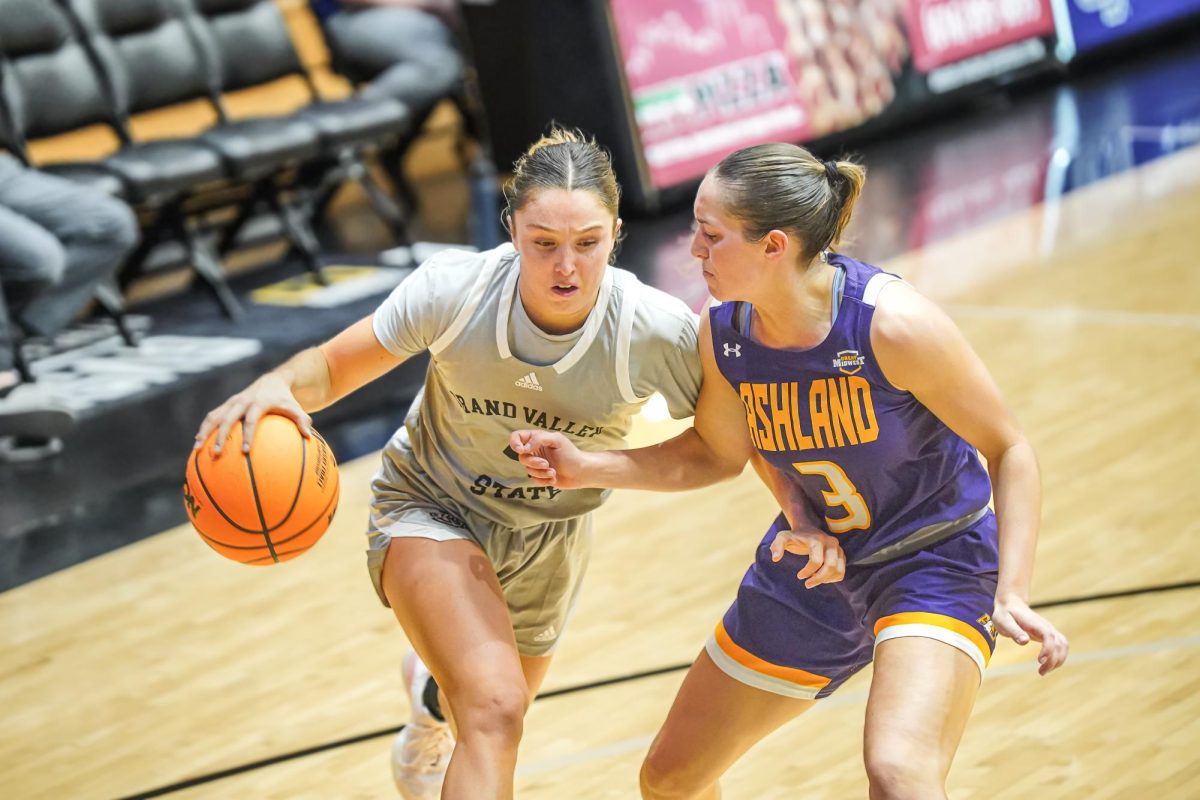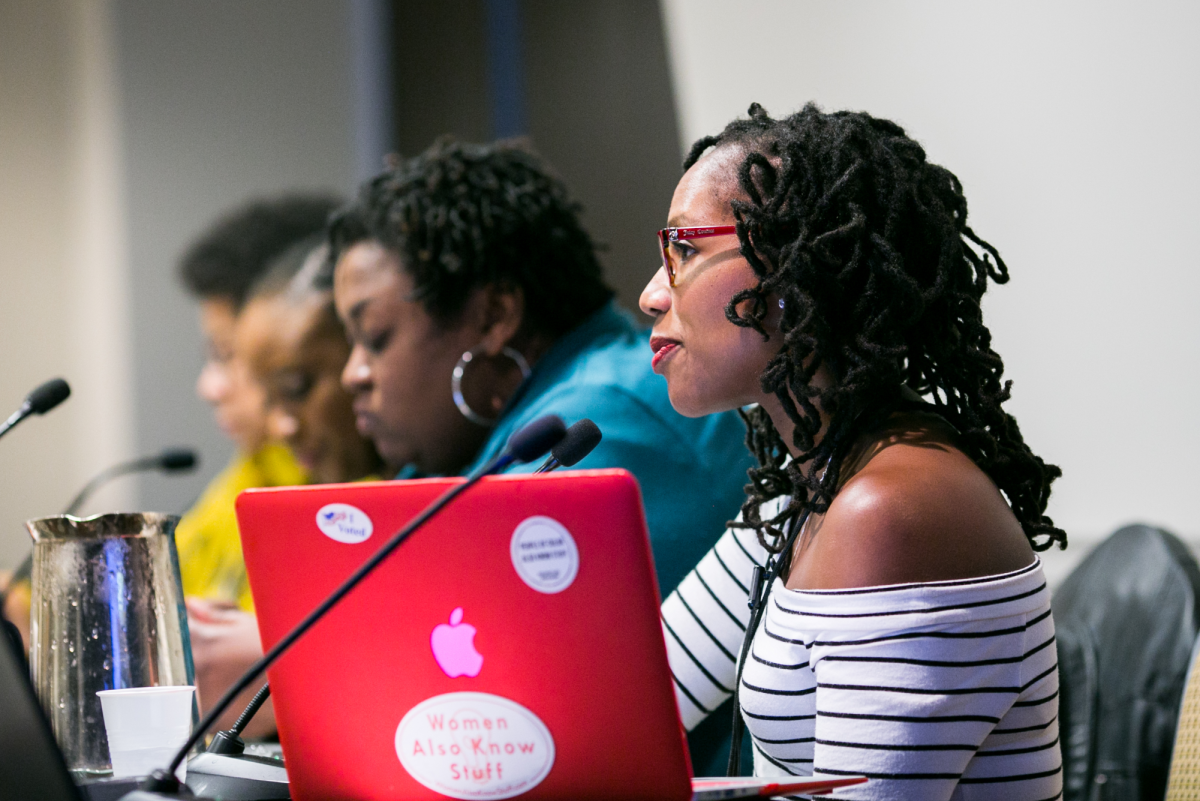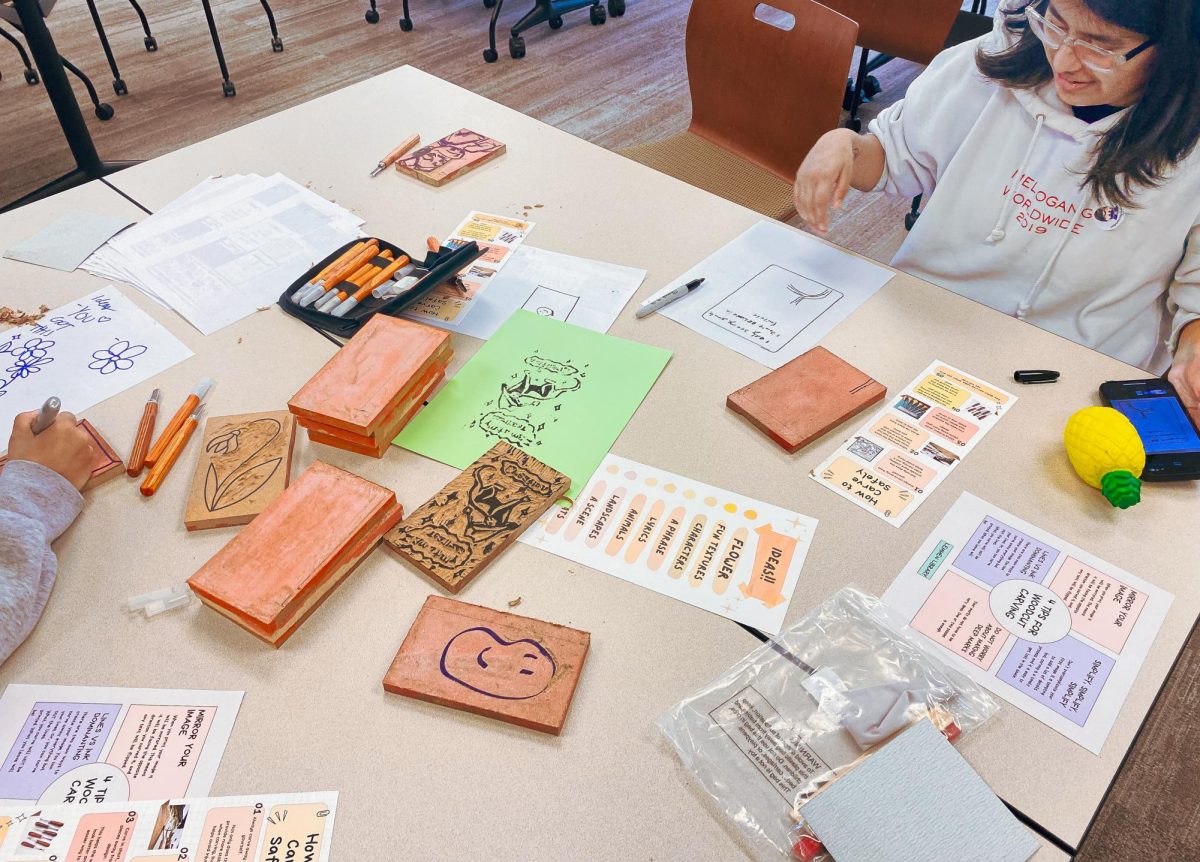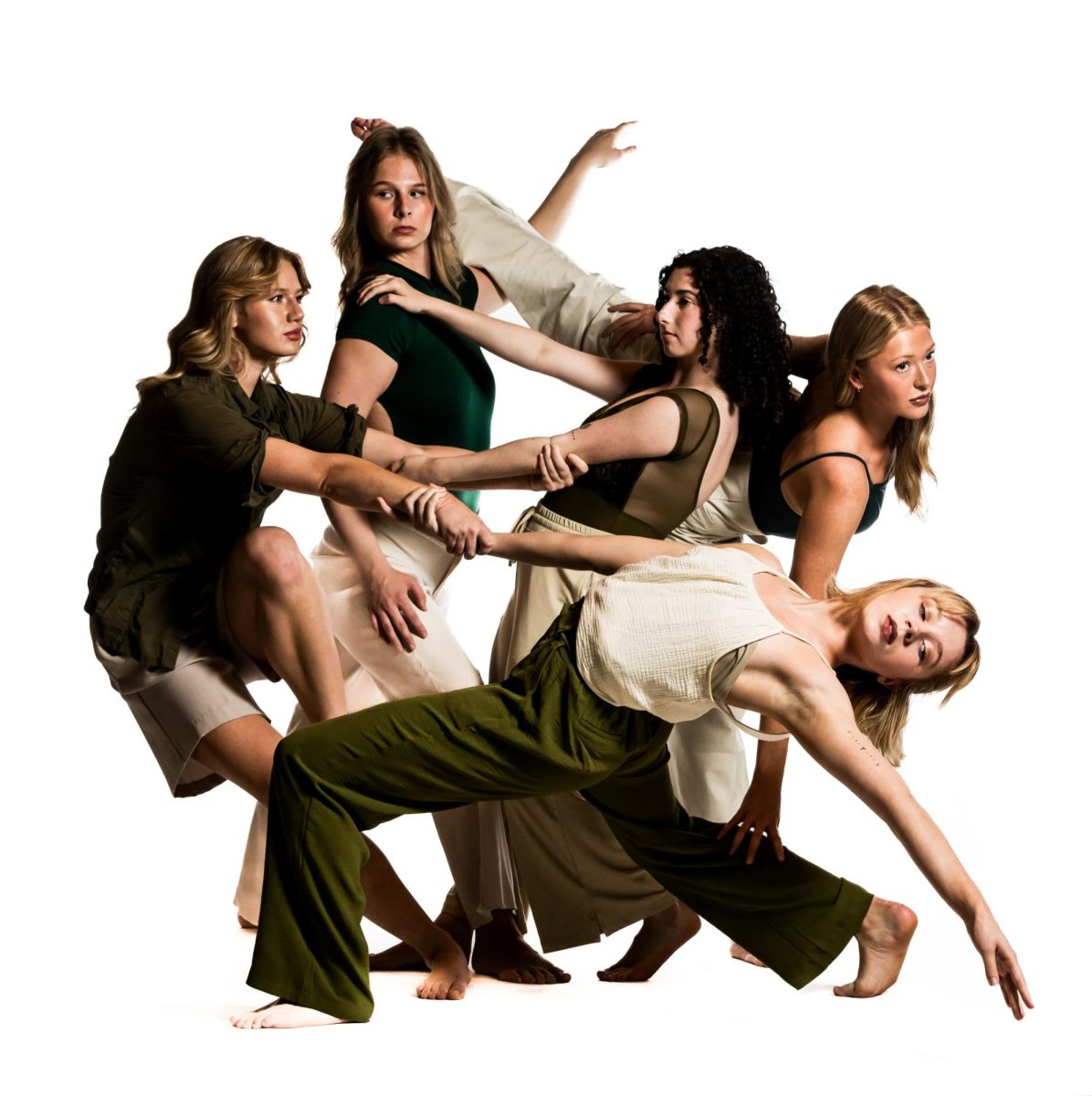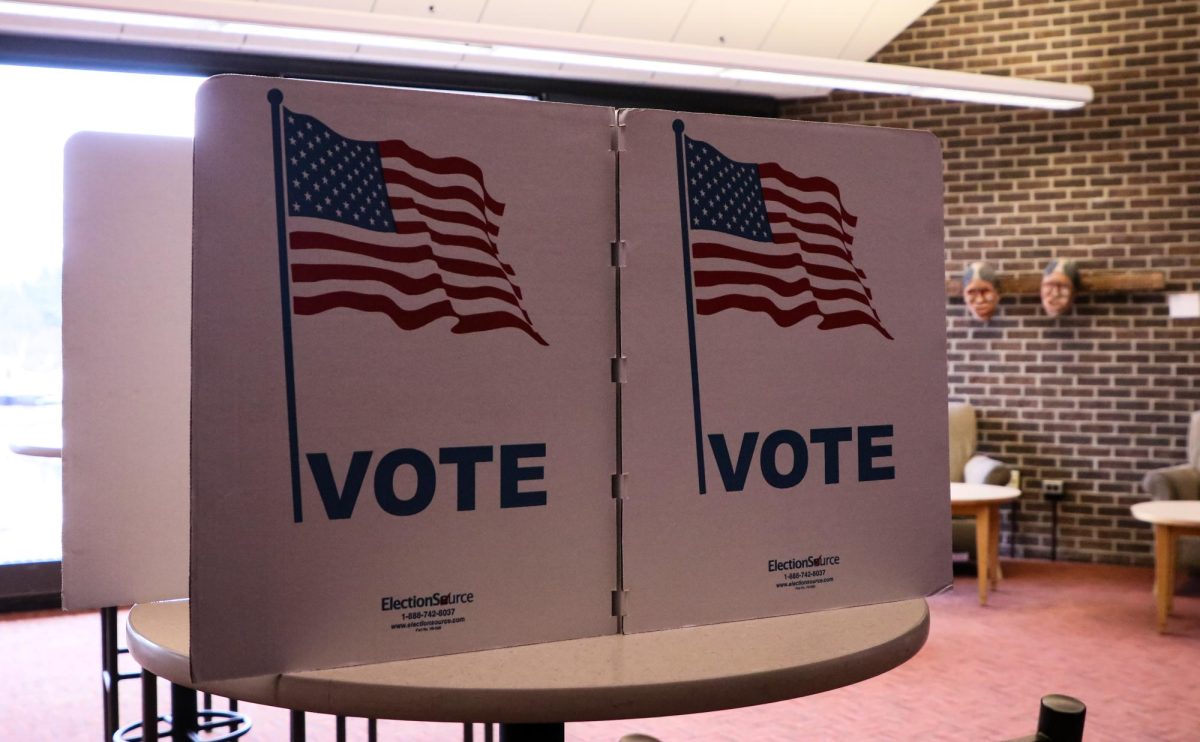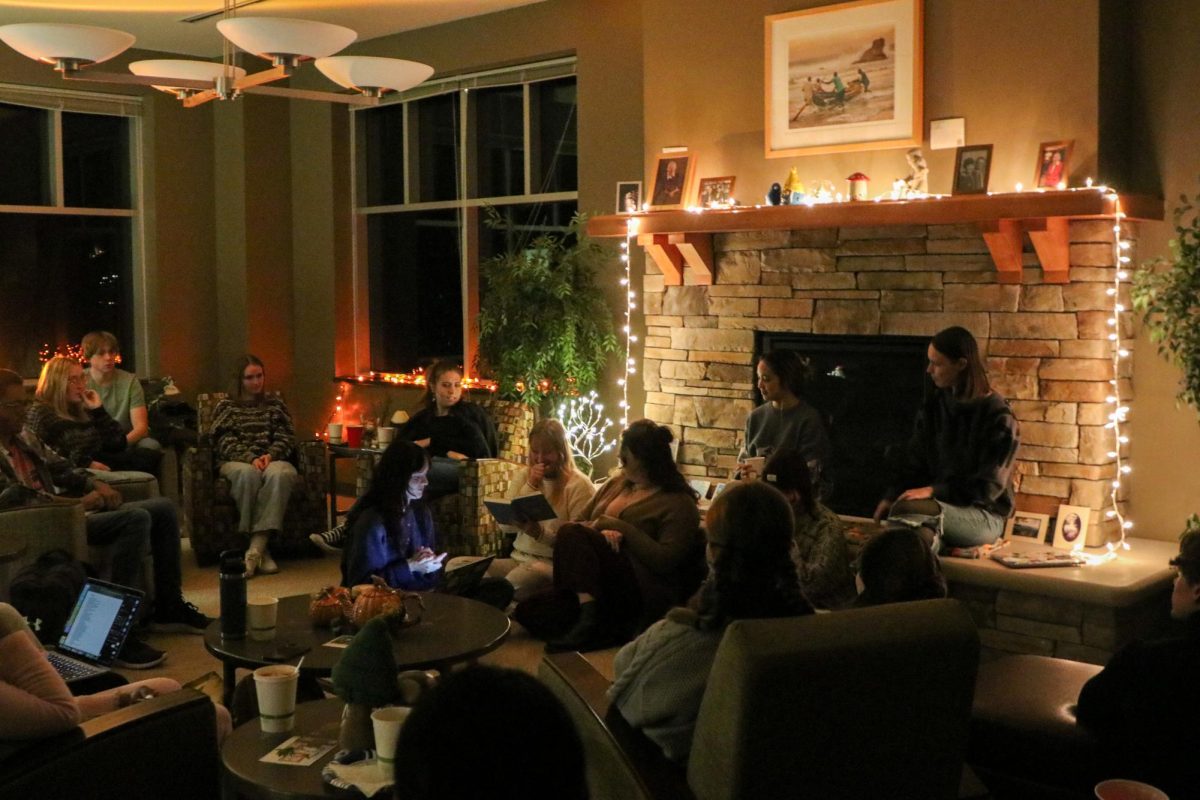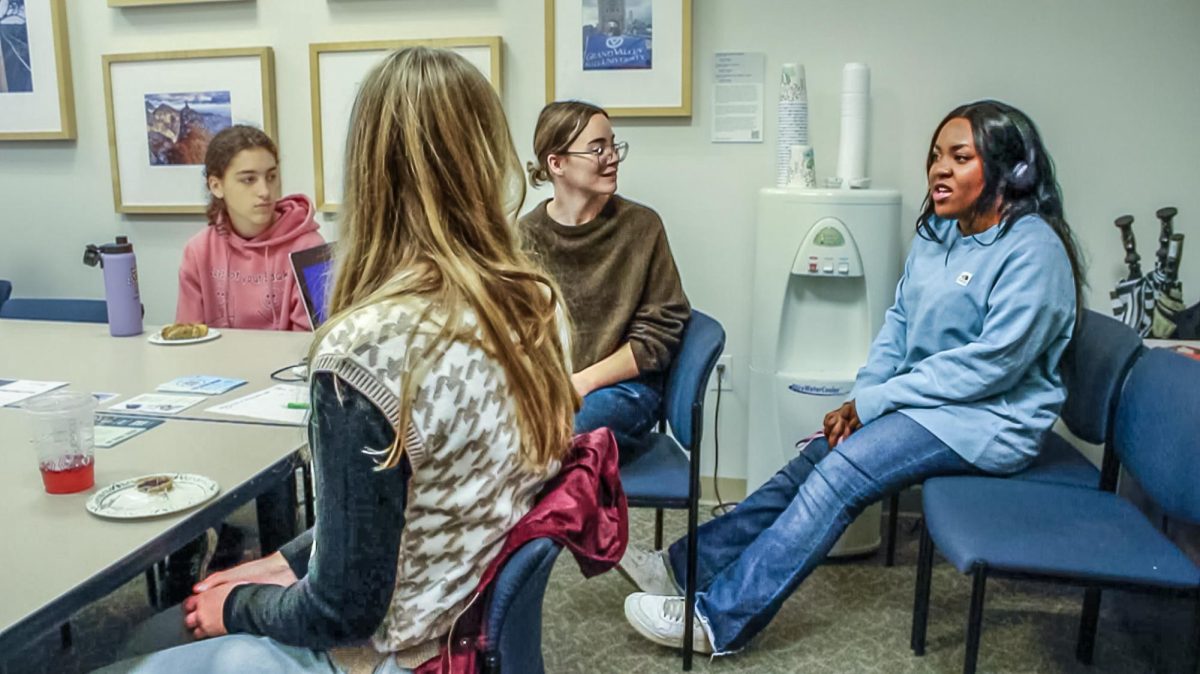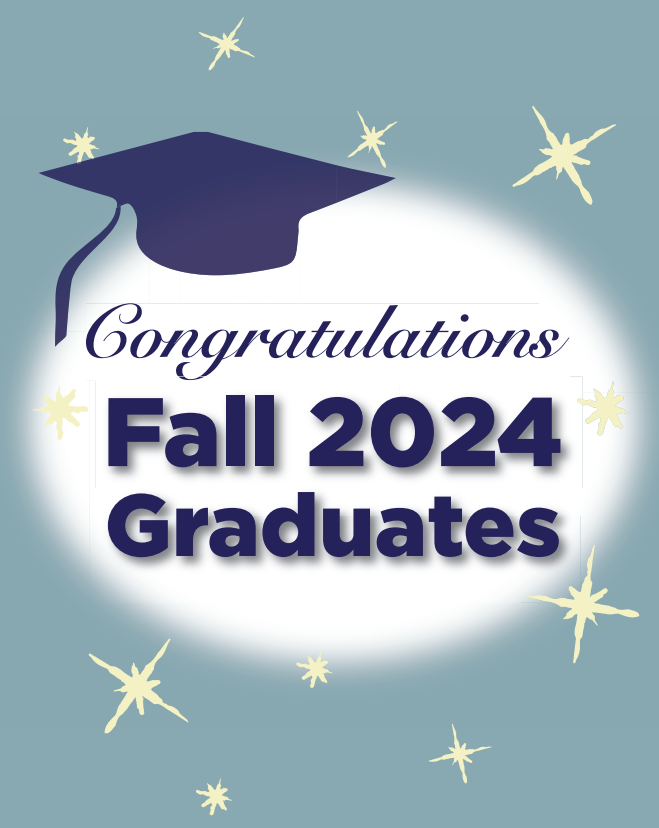Johnson Center survey finds community cohesion to be important to GR residents
Apr 10, 2017
According to findings released by Grand Valley State University’s Dorothy A. Johnson Center for Philanthropy, residents of the greater Grand Rapids area find community cohesion to be an important issue in their neighborhoods.
“Community cohesion is like, ‘Do I feel like I belong in this neighborhood, do I feel welcome, do I feel like we are all one group of people versus a bunch of people who don’t know each other but all live in the same area?’” said Jodi Petersen, director of the Community Research Institute (CRI) at the Johnson Center.
The VoiceGR 2016 survey, conducted by the CRI at the Johnson Center between June 2016 and December 2016, included a variety of open-ended questions. Among these questions, the following two were asked: What do you think the biggest strength is in your neighborhood, and what do you think the biggest problem or issue is in your neighborhood?
The results of these questions showed community cohesion on both sides. While community cohesion was identified as a neighborhood strength, a lack of community cohesion was also identified as a reason for feeling unsafe in a neighborhood.
“When something shows up both as a strength and a weakness, what that usually tells us is that it’s something that is really important to people,” Petersen said. “So, when you have a neighborhood that has the cohesion, people say, ‘OK, yeah, this is a strength, this is really great, this is why I like living here.’ When you have a neighborhood that doesn’t have that, residents realize that they’re missing that as the problem.”
Additionally, the percentage of people who found their neighborhood to be “very unsafe” or “somewhat unsafe” has increased by eight percent from 2013.
“Community cohesion included responses referring to being familiar with neighbors, having commonalities or similarities amongst neighbors, feeling community pride and having an overall sense of community,” said Melyssa Tsai-O’Brien, a research manager at the CRI. “Lack of community cohesion included responses referring to not knowing neighbors, feeling fearful or discriminated against, not having community pride and turnover in residents and renters.”
The survey is intentionally designed to be broad so that it is as applicable as possible to as many organizations as possible. Some of the topics covered in the survey include education, employment, poverty, housing, health, school and the environment.
VoiceGR started out in 2001, at which point it was a phone survey. In 2013 it switched to online and paper, and today it has grown to have about 5,000 respondents in the greater Grand Rapids area.
“We really focus on trying to build a representative sample of the residents of Grand Rapids so that we have good resident voice that can then be used for decision-makers,” Petersen said. “To help decision-makers actually have data to inform what they’re doing, we use the survey to put all of the data online for organizations like nonprofits, schools, local government, neighborhood associations, and some businesses will use the data to help inform their decision-making.”
The 2016 VoiceGR survey results are accessible to anyone for free on the Johnson Center website at www.johnsoncenter.org/resources/community-data/voicegr2016/.
“I think (the survey) is really important because a lot of residents don’t have an opportunity to have their voice heard in decision-making, and a survey like this makes it possible for residents, average people like you and me, to have their voice heard, and they can use that information to impact the decisions that are actually going to be impacting them,” Petersen said.




